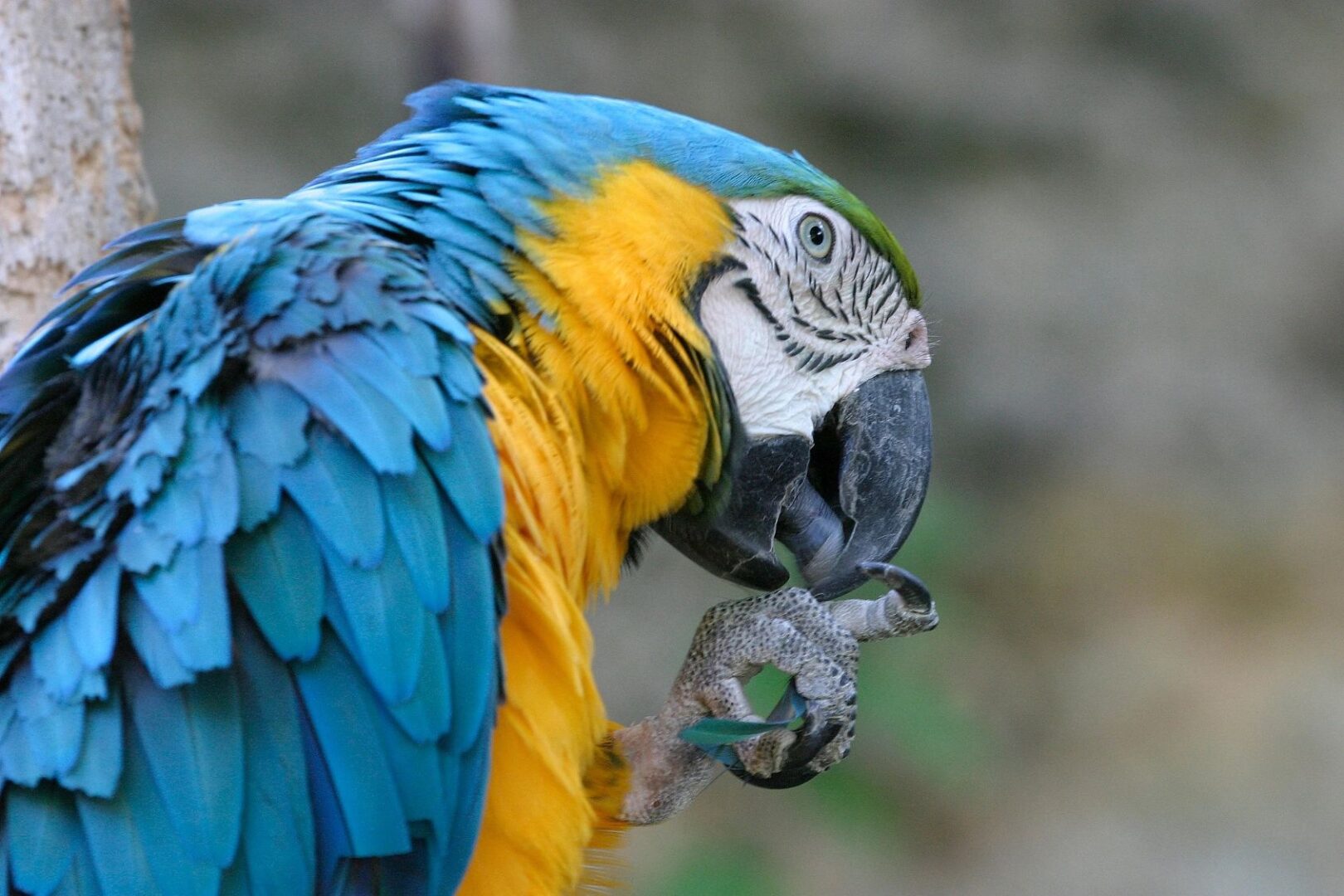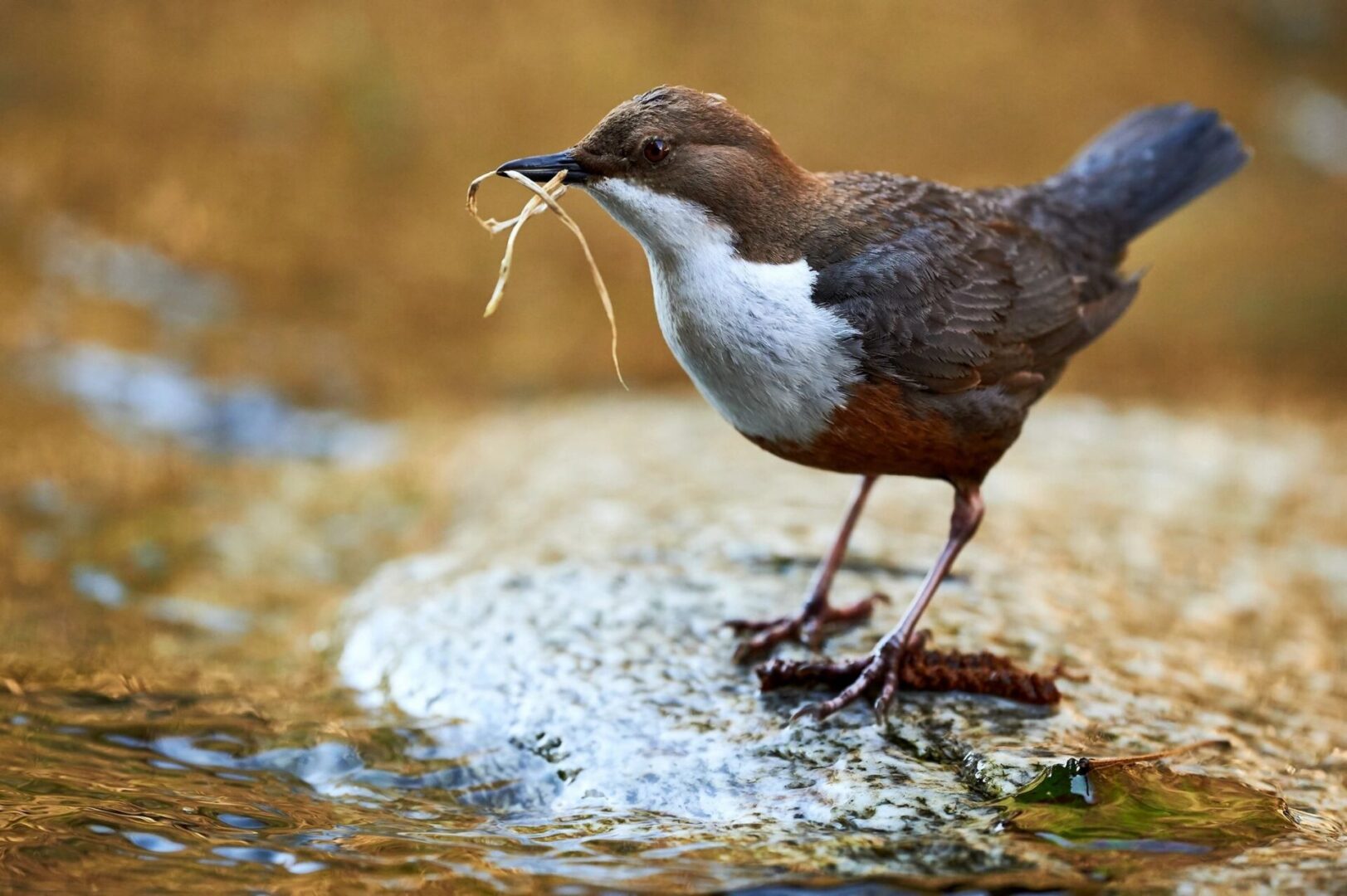Parentage / Relatedness Testing
8/25/2021
To understand Parentage/Relatedness testing in birds, we should begin with the history of DNA. In 1977 the world was transformed with the development of PCR. The purpose of PCR is to take a piece of DNA and replicate it enough times that it can be seen and analysed using specialized instruments and techniques.
Since the process is the same, we are going to compare parentage testing in birds to parentage testing in dogs. The AKC (American Kennel Club) has been around for centuries, and the record keeping for their breeds and bloodlines is meticulous. Before DNA testing, the bloodlines were traced using the honor system and trusting that the breeders knew for sure which dogs were bred to produce which puppies.
In the late '90s, the AKC partnered with a DNA lab to develop the testing that is still used today to verify the parentage of the bloodlines in their registry. The following chart and explanation were borrowed for the AKC website because it translates easily to parentage testing in birds or any species of plant or animal.
AKC DNA profiles are generated using the same technology used by law enforcement agencies and other researchers throughout the world. How does this work? In humans, dogs, and birds alike, each MARKER has two components. Offspring inherit one component of each MARKER from each parent in a random process. The more MARKERS that are analysed, the greater the precision in the testing. For example, in dogs, where 14 MARKERS are analysed, the chances of DNA profiles matching in different dogs is less than one in one million.
Example of Parentage Verification in Dogs
| MARKER | PEZ 1 | PEZ 3 | PEZ 5 | PEZ 6 | PEZ 8 | PEZ 12 | PEZ 20 | UCB 2010 | UCB 2054 | UCB 2079 | PEZ 16 | PEZ 17 | PEZ 21 |
|---|---|---|---|---|---|---|---|---|---|---|---|---|---|
| SIRE | BE | FG | BD | HH | EE | HH | GI | BB | CD | AA | AG | CD | BK |
| DAM | BF | DG | BC | DG | EE | GG | II | BB | CD | AB | DE | AB | EF |
| PUP1 | EF | DG | CC | DH | EE | GH | GI | BB | CD | AB | AE | AD | BF |
| PUP2 | BF | DG | BB | DH | EE | GH | GI | BB | DC | AA | AE | BC | BE |
| PUP3 | CD | BE | BB | DD | EE | CH | GI | BB | CD | AA | CD | AC | AB |
Using the color-coded chart above, you can see that ALL the MARKERS from pup1 and pup2 come from either the mother or the father. Since the letter for pup3 is different than the mother and father, we know that pup 3 didn't come from either of these parents.
Since DNA parentage testing works the same for birds as well as all plants and animals, we can use the same chart and substitute birds for the dogs.
| MARKER | 1 | 2 | 3 | 4 | 5 | 6 | 7 | 8 | 9 | 10 | 11 | 12 | 13 |
|---|---|---|---|---|---|---|---|---|---|---|---|---|---|
| MALE | BE | FG | BC | HH | EE | HH | GI | BB | CD | AA | AG | CD | BK |
| FEMALE | BF | DG | BC | DG | EE | GG | II | BB | CD | AB | DE | AB | EF |
| CHICK1 | EF | DG | CC | DH | EE | GH | GI | BB | CD | AB | AE | AD | BF |
| CHICK2 | BF | DG | BB | DH | EE | GH | GI | BB | DC | AA | AE | BC | BE |
| CHICK3 | CK | BE | BB | DD | EE | CH | GI | BB | CD | AA | CD | AC | AB |
Now comes the hard part! A genetic MARKER is a section of DNA with a known physical location on the genome. For EACH MARKER, the task is to find a section of DNA in which the contribution of each potential parent is DIFFERENT. For example, bird sexing uses ONE MARKER, and the section of DNA used was chosen because males and females look DIFFERENT on that particular section of DNA. In order to do parentage testing, you must find 14 of these MARKERS. No easy task! The AKC had a head start. Their meticulous record keeping over a long period of time translated into a very large database of known information about specific individuals. Once the MARKERS are developed, you are ready to do parentage testing. In order to determine the parents of an individual bird, you must have the DNA profile (as determined by your MARKERS) for the mother and father. A simple comparison chart like the one above will give you a yes or no answer. It is impossible to take DNA from an individual bird and find its parents without DNA profiles from the suspected parents to compare it to.
Now on to relatedness, which is even more complicated than parentage. If you have two random birds and you want to know if they are related, you would perform parentage analysis on each individual bird, and if they have one or more parents in common, then they are related. Keep in mind that there is no limit to the number of individuals that may need to be tested in order to find the parents of the two individuals.
In conclusion, while the technology to do parentage/relatedness testing in birds does exist, as far as I know, the research and development needed to make it commercially available hasn't been done yet.





